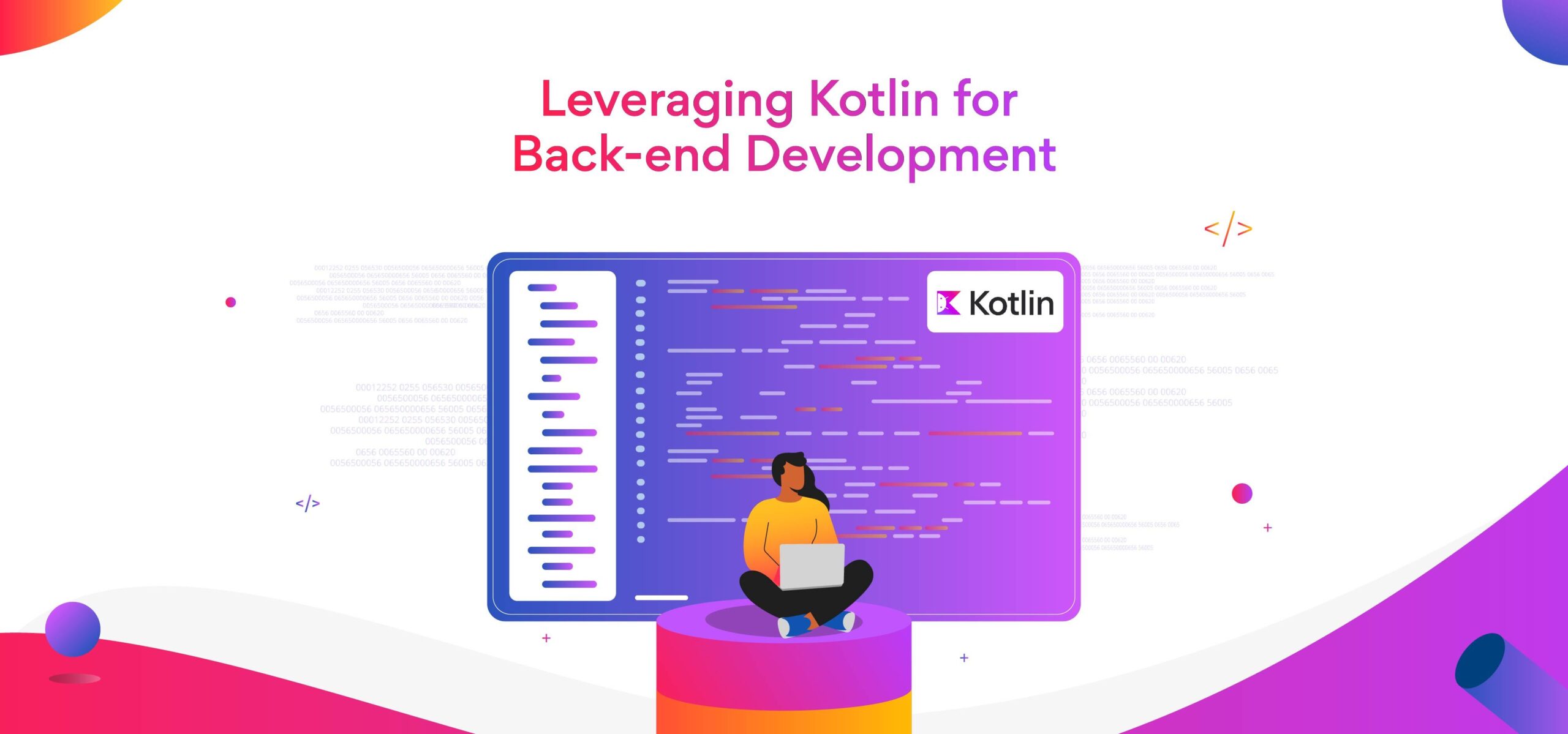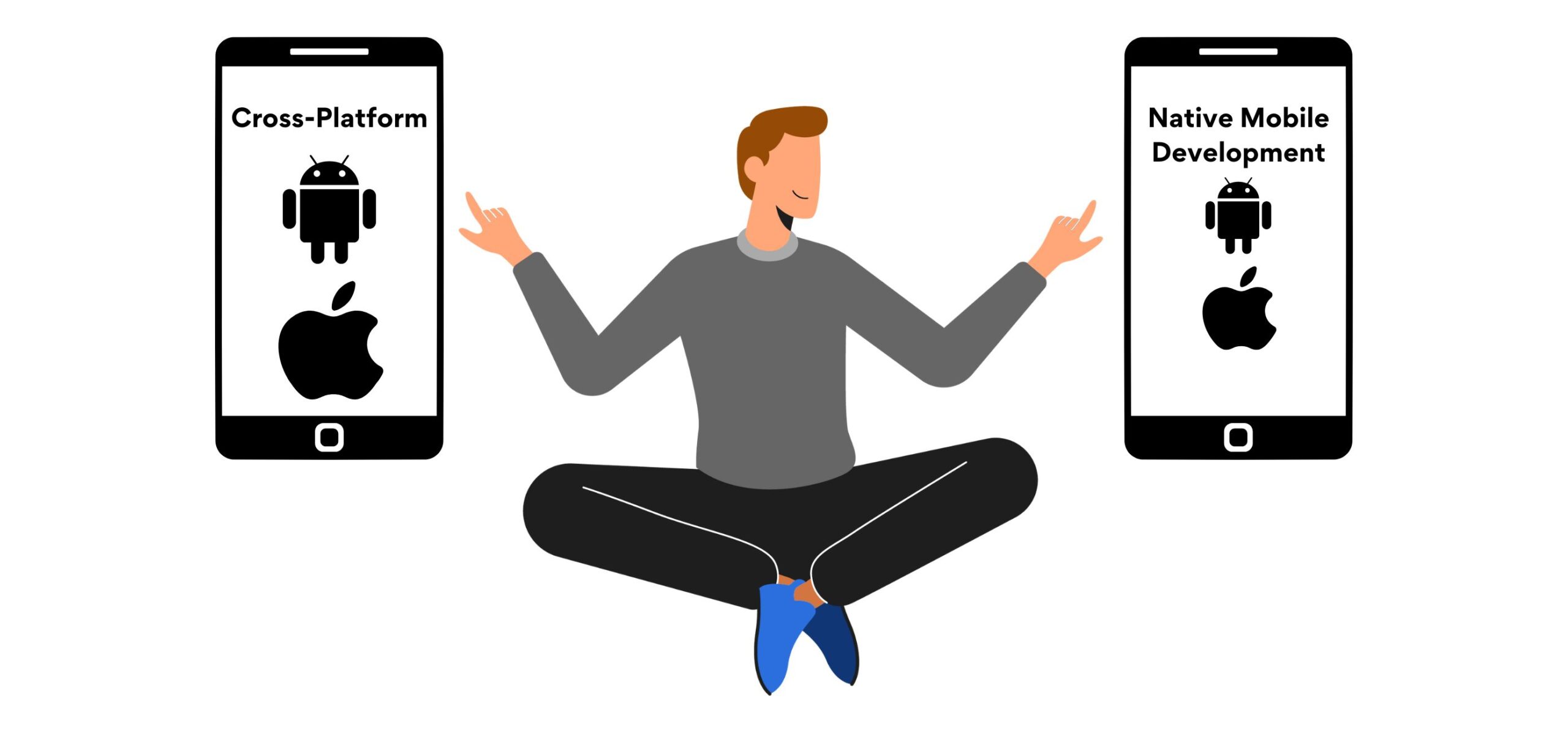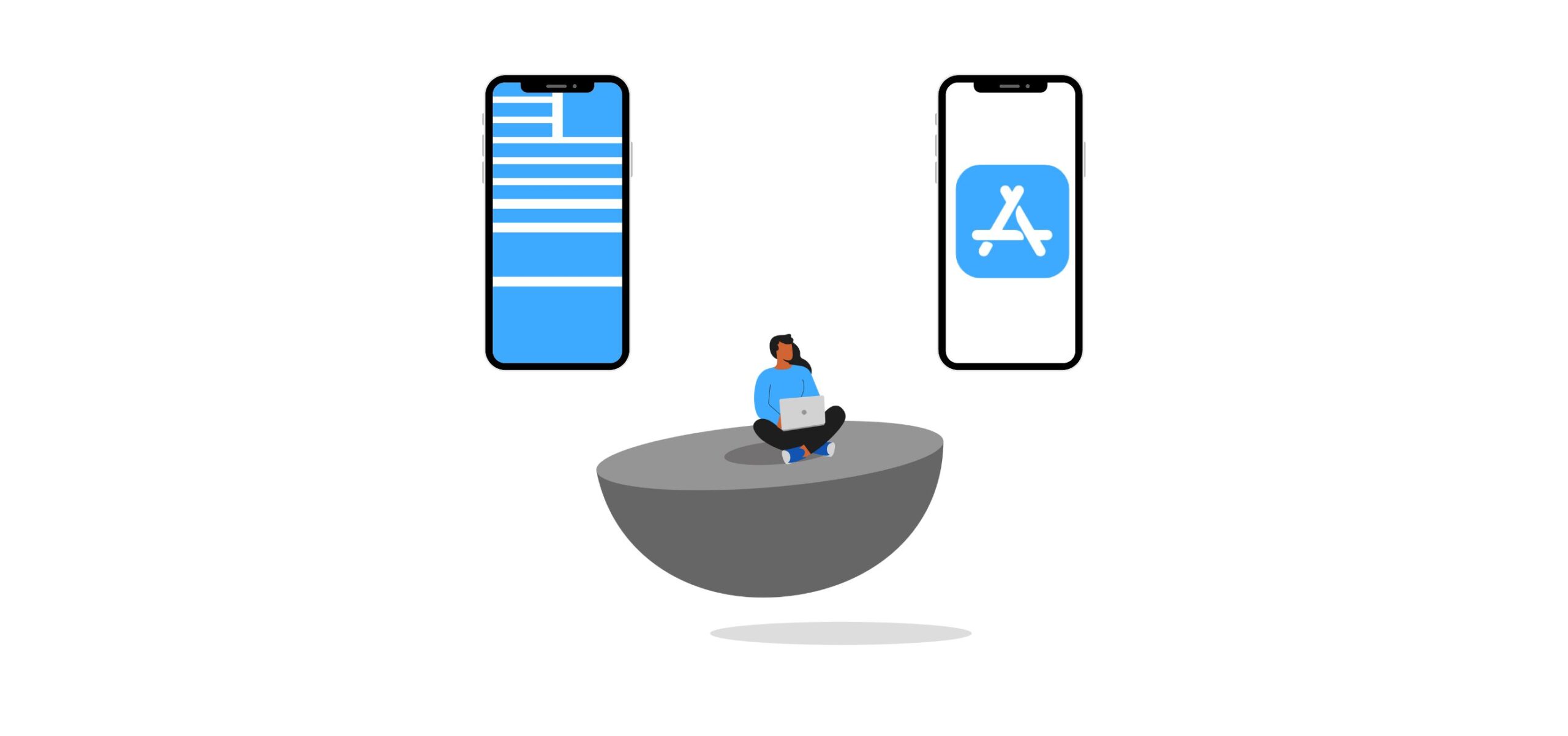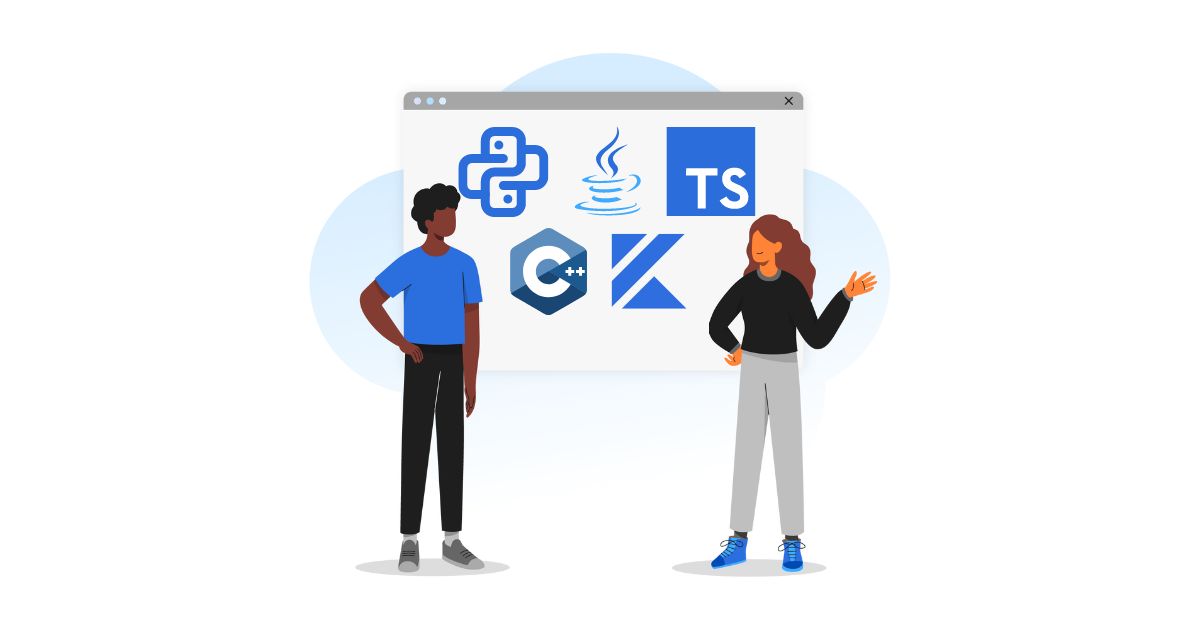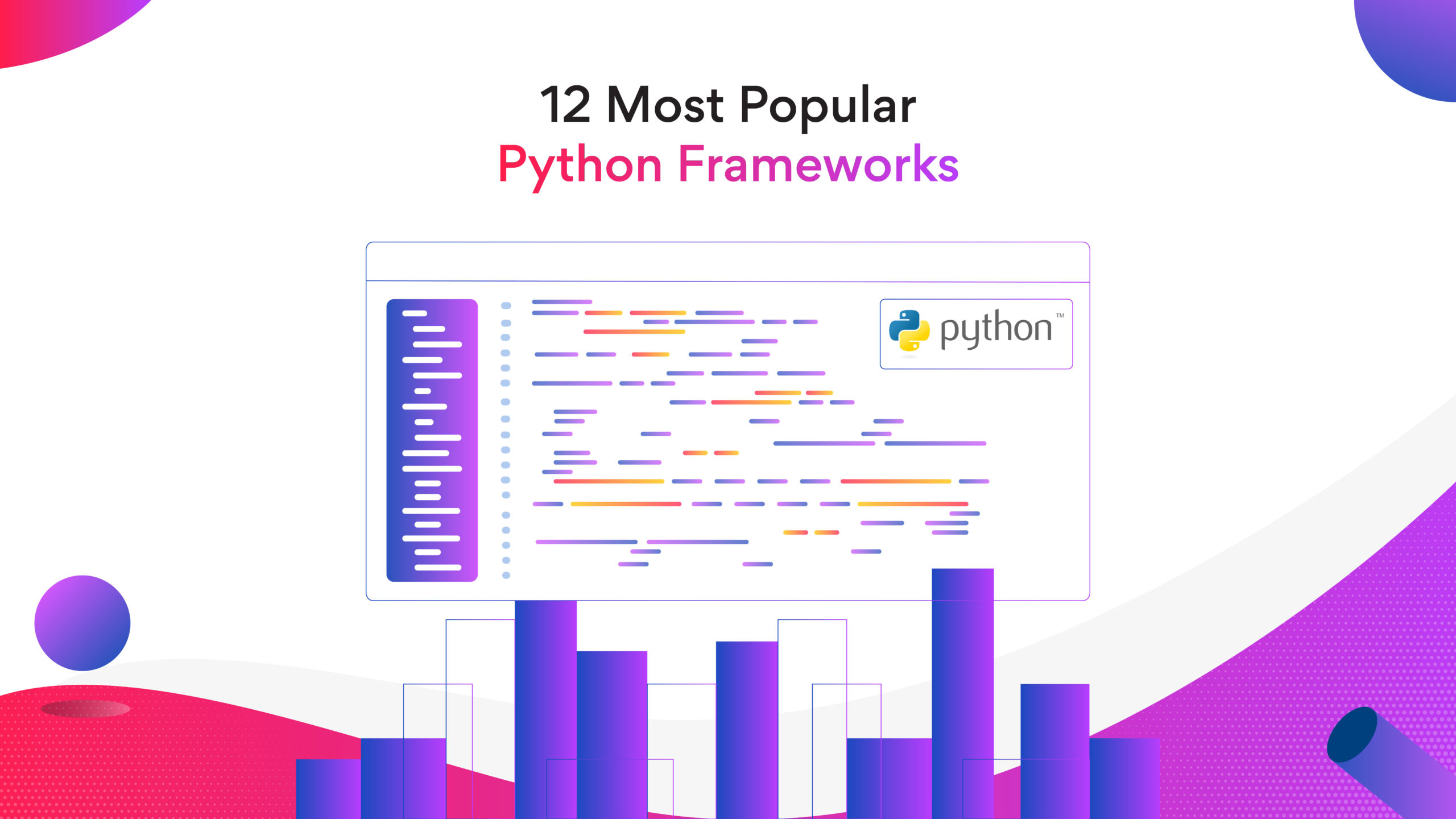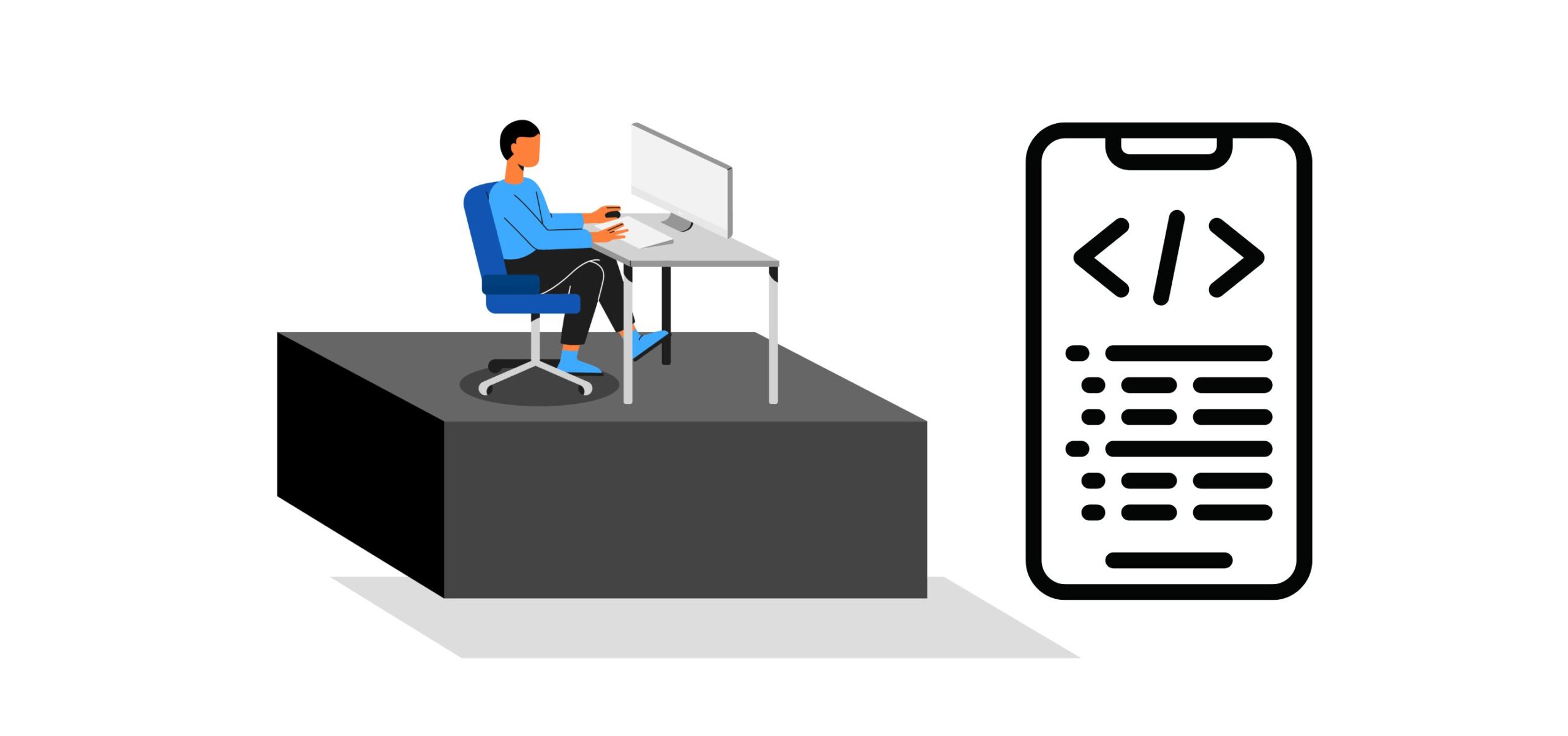Why Should You Use Kotlin for Backend Development?
Is Kotlin good for backend? Is Kotlin better than Java for backend? Is Kotlin better than Python? What is Kotlin backend development? Keep reading this post to find out.
Kotlin is a phenomenal programming language for Java Virtual Machine (JVM) and Android devices. Native Android developers prefer Kotlin since Google announced it as its official language for Android Development at the May 2017 I/O event.
You can imagine Kotlin’s popularity by considering that more than 60 percent of top-grossing apps and 71 percent of newly launched apps are based on Kotlin. Most Android developers prefer Kotlin as it resolves a lot of issues with Java coding. Due to its perfect sync with Java, a lot of Android developers use Kotlin to rewrite applications.
Kotlin undoubtedly performs well with front-end development. However, the following blog post is a deep dive into Kotlin and its applications for backend development. Android developers can refer to this blog post to learn about fast and reliable asynchronous Kotlin backend development, and its uses for server-side apps or REST APIs.
Related Post: A Complete Guide to APIs: What are APIs and Their Types
A great choice for backend development
JavaScript is a popular programming language. The dynamic typing feature of JavaScript works effectively for front-end development. But developers prefer statically typed code for backend development.
6
Static typing helps developers feel secure about their server’s performance at runtime by preventing mismatches. Node.js offers the ability to easily write asynchronous code and services. Let us dive deep into how Kotlin offers features like Ktor and Coroutines that are best-suited for backend development.
Related Post: Kotlin vs Java: Which Programming Language Should You Choose?
Kotlin: A Brief Overview
Kotlin is a statically typed programming language that supports functional and object-oriented programming. The syntax and concepts of Kotlin are similar to C#, Scala, and Java. Though the Kotlin language is targeted at JVM (Java Virtual Machine), it also offers variants that target JavaScript or Native code.
Kotlin has a few similarities to Java, as it compiles down to Java bytecode. So, backend engineers with a JVM background find Kotlin easy to grasp.
The three main advantages of using Kotlin for backend development are:
- Kotlin code is concise. Using Kotlin drastically reduces boilerplate code.
- Kotlin is a safe programming language. It prevents null pointer exceptions.
- Kotlin is interoperable. Android, JVM, and browser libraries can be used for Kotlin development.
Coroutines in Kotlin
Having a multi-threaded application can help you unlock the maximum capacity of your server. However, Java makes it difficult to create multi-threaded applications. To create multi-threaded applications in Java, developers can follow either of the two methods: 1. To extend the Thread class or 2. Implement Runnable interface.
But junior developers may find it difficult to tell the difference between these two methods. It can be confusing to decide whether to start a thread with the run method, or start method, and should you start a thread manually, or use a thread pool.
Kotlin offers a better solution to this problem with a feature called ‘Coroutines’. Coroutines help developers write asynchronous, non-blocking code. With coroutines, functions (computation) can be paused at some point and resumed later on.
The programming model does not change while writing non-blocking code. So, writing non-blocking code is nearly the same as writing blocking code. Here is an example…
fun sendRequest(): Int {
/* perform some heavy work */
return 1;
}
This example displays a blocking function. The thread executing this code won’t perform any other tasks until the function returns. In case of an API or a database call, this action could cause a few seconds of delay. Turning this function into a non-blocking function can resolve this issue. Here is an example…
suspend fun sendRequest(): Int {
/* do some heavy work */
return 1;
}
This is how developers can turn their functions into non-blocking functions that can be suspended. If the ‘heavy work’ is a simple delay() function call of 20 seconds, the thread will execute other tasks for 20 seconds. Then it will resume the execution of sendRequest() function. Thus, non-blocking code can be achieved with a single keyword in Kotlin.
Asynchronous services with Ktor
While coding REST APIs, developers must also perform a few subordinate tasks like starting an embedded server, parsing the request, and more. However, manually completing these tasks is a hassle, and features like Spring Boot for Java make it very easy to do so.
Kotlin’s ‘Ktor’ is a web framework that can be used for creating easy-to-use asynchronous servers. Here is an example…
fun main() {
embeddedServer(Tomcat, 8080) {
routing {
get {
call.respond(“Have a great day!”)
}
}
}.start(wait = true)
}
The above code presents a fully functional Kotlin Ktor server running on an embedded Tomcat server, listens on port 8080, and responds asynchronously with “Have a great day!” to get requests. The best part about this code is – it can be performed with less than 9 lines of code.
Ktor has wider applications beyond this example. Ktor simplifies and streamlines the login and authentication process.
Why should you use Kotlin for backend development?
Android developers heavily rely on Java and Spring for writing backend systems and REST APIs. However, the verbosity of these two programming languages is a huge disadvantage. Though the latest releases have reduced this problem to some extent, developers still need to deal with a lot of boilerplate code while working with Java and Spring.
Here is the code comparison of Java and Kotlin respectively.
Code for creating a class with two read-only fields in Java.
public class Employee {
private final String name;
private final int age;
public Employee(String name, int age) {
this.name = name;
this.age = age;
}
public String getName() {
return name;
}
public int getAge() {
return age;
}
}
The Java code written above is too long to perform. Even the auto-generated constructor and methods are of no use. When reviewing the pull request, developers need to revisit this code to check if it is as per the requirement or not.
Code for creating a class with two read-only fields in Java.
class Employee(
val name: String,
val age: Int
)
The Kotlin code is a lot shorter and simpler than the Java code. The val keyword is used to finalize the variables. The constructor and getters are not auto-generated. They are generated at compile time. If developers do not want an immutable employee object, they can use the var keyword instead.
The POJO classes in Java have auto generated overridden equals() and hashcode(). As a developer, you might feel the need to review them to ensure correctness. On the other hand, Kotlin simplifies the process by offering equals() and hashcode() when you change your class to a data class.
Code for converting class to a data class.
data class Employee(
val name: String,
val age: Int
)
Benefits of using Kotlin for backend development
The ability to use Java libraries in Kotlin is a lifesaver, with hundreds of amazing third-party Java libraries available on the market. Developers do not need to write their implementations when there are open-source, ready-to-use libraries that do the job perfectly. The Java, JVM, and Android libraries work flawlessly with Kotlin.
Kotlin and Ktor offer extensive testing libraries and frameworks for development. The Junit framework works seamlessly with Kotlin, and Ktor hosts itstesting library for quickly writing end-to-end tests and integration tests. Using Kotlin and Ktor, developers can use a custom test engine to run their entire application, and handle requests just like the live application would.
Related Post: Unit Testing vs Integration Testing: 4 Key Differences Explained
Bottomline
There is no single best language or framework that is perfect for any job. The best approach for software development is to familiarize yourself with as many tools as you can. So, when problems and errors arise, you can choose the best tool to resolve them.
Kotlin’s website states that its aim of Kotlin is not to be unique; instead, it draws inspiration and best practices from decades of software development. Kotlin, coroutines, and Ktor make an amazing trio for backend development.
Do you wish to hire the best backend developers for your projects? Are you looking to set up a team of software developers for your company? Try Turing.com.
Turing has a developer base of more than 3 million software professionals across the globe. With an AI-based matching system, you can hire developers within 4 business days. Visit the hire developers page to learn more.
FAQs
- Is Kotlin good for backend?
Kotlin has features like static typing, coroutines, Ktor, and null-pointer exceptions, which make it ideal for backend development. Also, many Android developers prefer Kotlin for back-end development, due to Google’s official support. - Is Kotlin better than Java for backend?
Kotlin is better than Java for backend development. If Android development is considered, Kotlin has multiple advantages over Java while developing small applications. However, developers prefer Java over Kotlin when it comes to larger and complex applications. - Is Kotlin better than Python?
Developers favor Kotlin over Python, as Kotlin covers all the shortcomings of Python. Learning Kotlin can allow devs to target more solutions efficiently and easily. Python is better equipped with the tools for developing sophisticated software, automation systems, and data-related tasks.
Tell us the skills you need and we'll find the best developer for you in days, not weeks.
